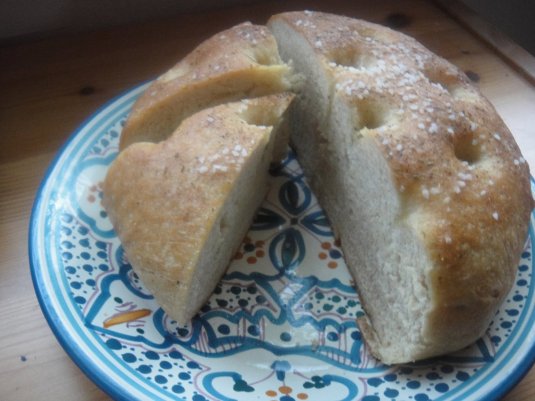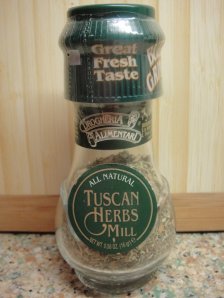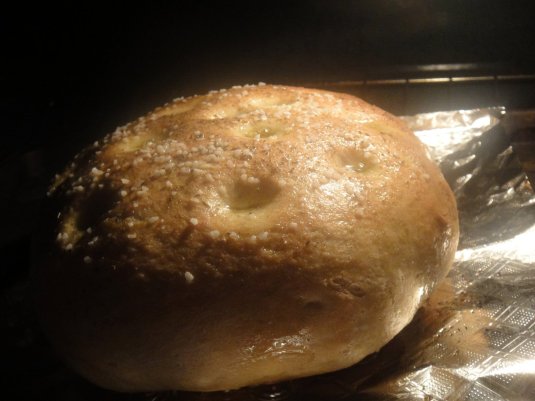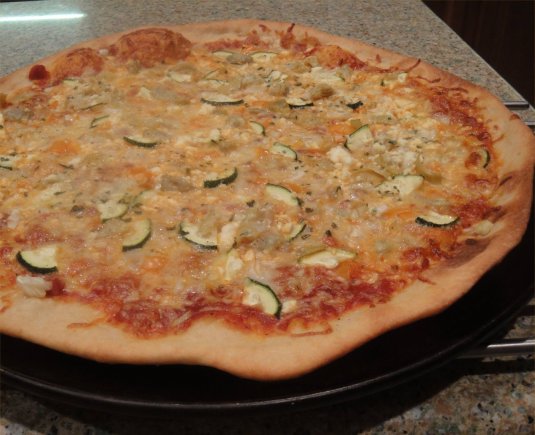I dream of someday exploring the markets or souks of Marrakesh. I see a clash of colors, with slippers of every hue piled high, stacks of pottery, piles of beads and textiles draped across the ceilings. The sounds of music playing, vendors shouting and people talking are overwhelming and spicy scents fill the air…
Wait – that is just the lingering aroma of our Moroccan-inspired dinner!
This post is dedicated to my father-in-law, a Spaniard born in Morocco, and my daughter, a student and explorer of North African cultures.
Moroccan-Spiced Sweet Potato Medley
Serves 6
(this recipe was borrowed and adapated from Good Housekeeping’s Simply Vegan!)
2 teaspoons olive oil
1 medium onion, chopped fine
3 garlic cloves, pressed
1½ teaspoons curry powder
1½ teaspoons ground cumin
¼ teaspoon ground allspice
1 can (14½ oz.) diced or crushed tomatoes
1 cup vegetable broth
1 cup garbanzo beans, rinsed and drained
1 large sweet potato, cut into ¾” cubes
2 small zucchini, cut into ¾” pieces
¼ cup frozen peas
1 cup couscous (prepare as directed)
Heat oil in large nonstick skillet over medium heat until hot. Add onion and cook until tender and golden, 8-10 minutes, stirring occasionally. Stir in garlic and spices and cook 30 seconds.
Add tomatoes, garbanzos and sweet potato; cover and heat to boiling over medium-high heat. Reduce heat and simmer for 10 minutes.
Stir in zucchini and peas, cover and cook until vegetables are tender, about 10 minutes.
Meanwhile, prepare couscous according to package directions.
Serve stew over couscous.
Good with warm naan or pita bread and a salad.







